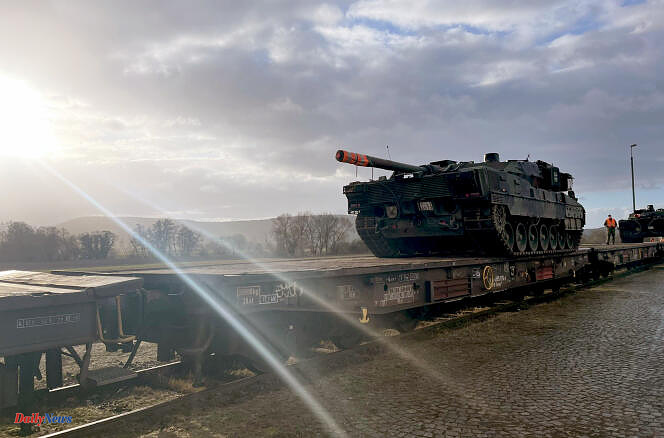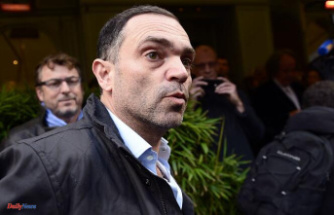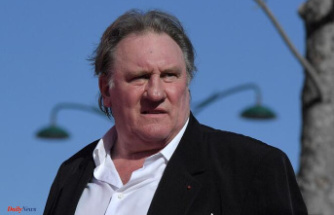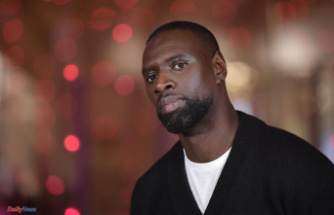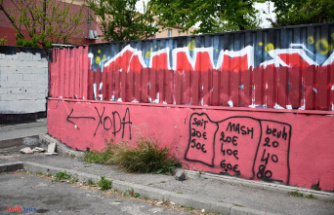Instructive, with a multitude of testimonies (diplomats, military and political leaders, researchers), explicit archive images and visits – in a cyber defense center in Estonia or on the Rukla military base, in Lithuania –, this documentary German analyzes the history of an organization as complex as it is strategically important.
The largest defensive alliance in the world, the North Atlantic Treaty Organization (NATO) was born on April 4, 1949 in Washington. At the time, twelve countries in Europe and North America agreed to form a military alliance. The goal ? Avoid a new war on the European continent. Another objective: to make the threatening USSR understand that it cannot afford everything.
Soviet response? In August 1949, they launched their first nuclear bomb... The stage was set, the long history of NATO and its relations with the USSR and then Russia could begin.
Administrative constraints
Beyond the events which saw NATO grow (thirty-two members today), this documentary has the merit of asking concrete questions: how to intervene effectively with armies with different habits? How to make weapons and ammunition compatible? Can we imagine NATO without the United States if Donald Trump is elected and decides to withdraw from the Alliance? What role does Turkey, a member since 1952, really play?
We discover that moving armored vehicles in the Schengen area is a much more complex operation than moving civilian vehicles which can cross this area without control. In Europe, the transport of military equipment is in fact subject to strict rules, varying from one country to another.
In order to alleviate administrative constraints and streamline the transport of equipment and troops, NATO is trying to create a sort of military Schengen, with the objective of being able to move 100,000 men in ten days. Currently, it takes two weeks to move 50,000 troops.
The filmed archives recall that at the beginning of the 2000s relations between NATO and the new Russian president, Vladimir Putin, were rather good, with both camps focused on the fight against Al-Qaeda, with Russia even allowing NATO to transit some of its equipment through its territory to intervene in Afghanistan.
This honeymoon won't last long. In 2004, the accessions to NATO of the three Baltic countries, Bulgaria, Romania, Slovakia and Slovenia will complete the challenge to Putin, who sees the enlargement of NATO to the east of the Europe as a threat. As a reminder, three days before the invasion of Ukraine, in February 2022, the master of the Kremlin declared: “kyiv wants to join NATO. Ukraine's membership in NATO directly threatens Russia's security. »

